After five blog posts of preparation it is now finally time to take the 732 into the air on our flight from Yellowknife (CYZF) to Edmonton (CYEG).
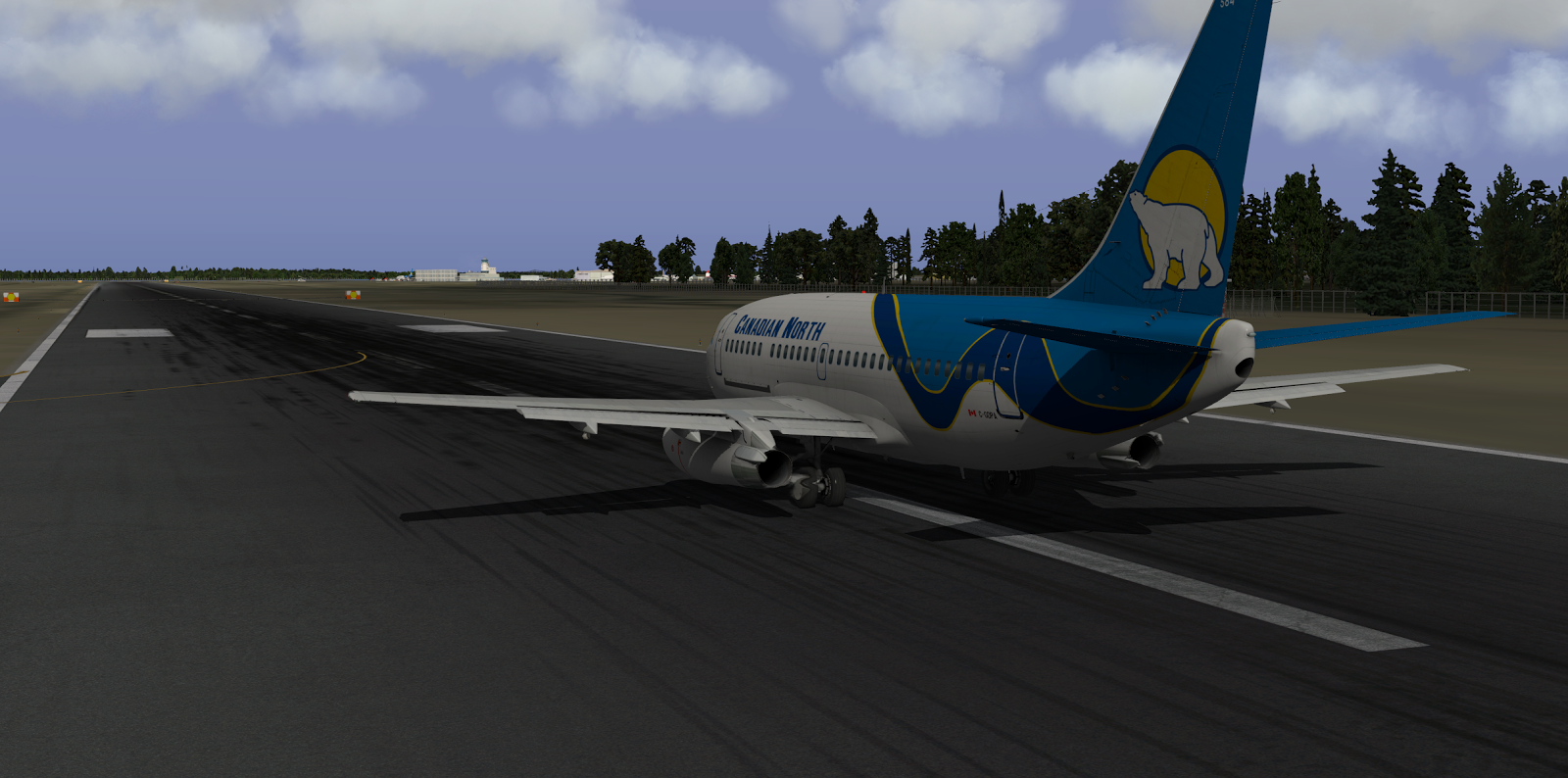
As expected by the flight planning software, the Automatic Terminal Information Service (ATIS) announces Runway 34 as active for CYZF. This directly opposite to our travel direction, accordingly we have to do an almost 180° turn after takeoff. I decide to do a left-turn after thrust reduction and acceleration but it really does not matter.
For take-off thrust I take ~97% N1 as per Vcard, for more information refer to my previous post or this interesting post by Jack in the FlyJSim support forum. At ~1000 ft radar altitude I reduce the thrust to climb power at about 92% N1. At ~2000 ft radar altitude I start accelerating.
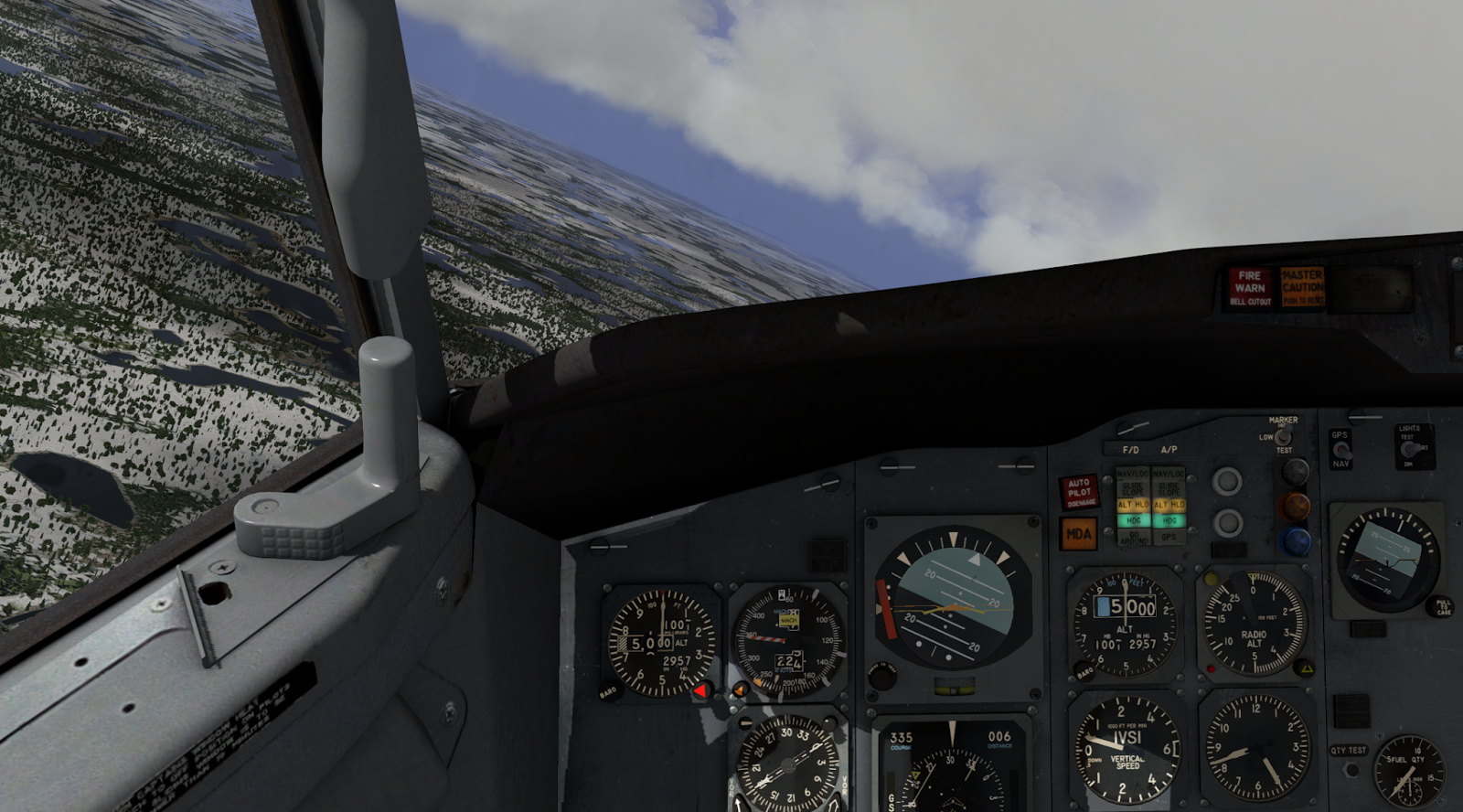
While still accelerating and climbing I initiate my left turn (see Figure 2) to intercept the route to our next waypoint.
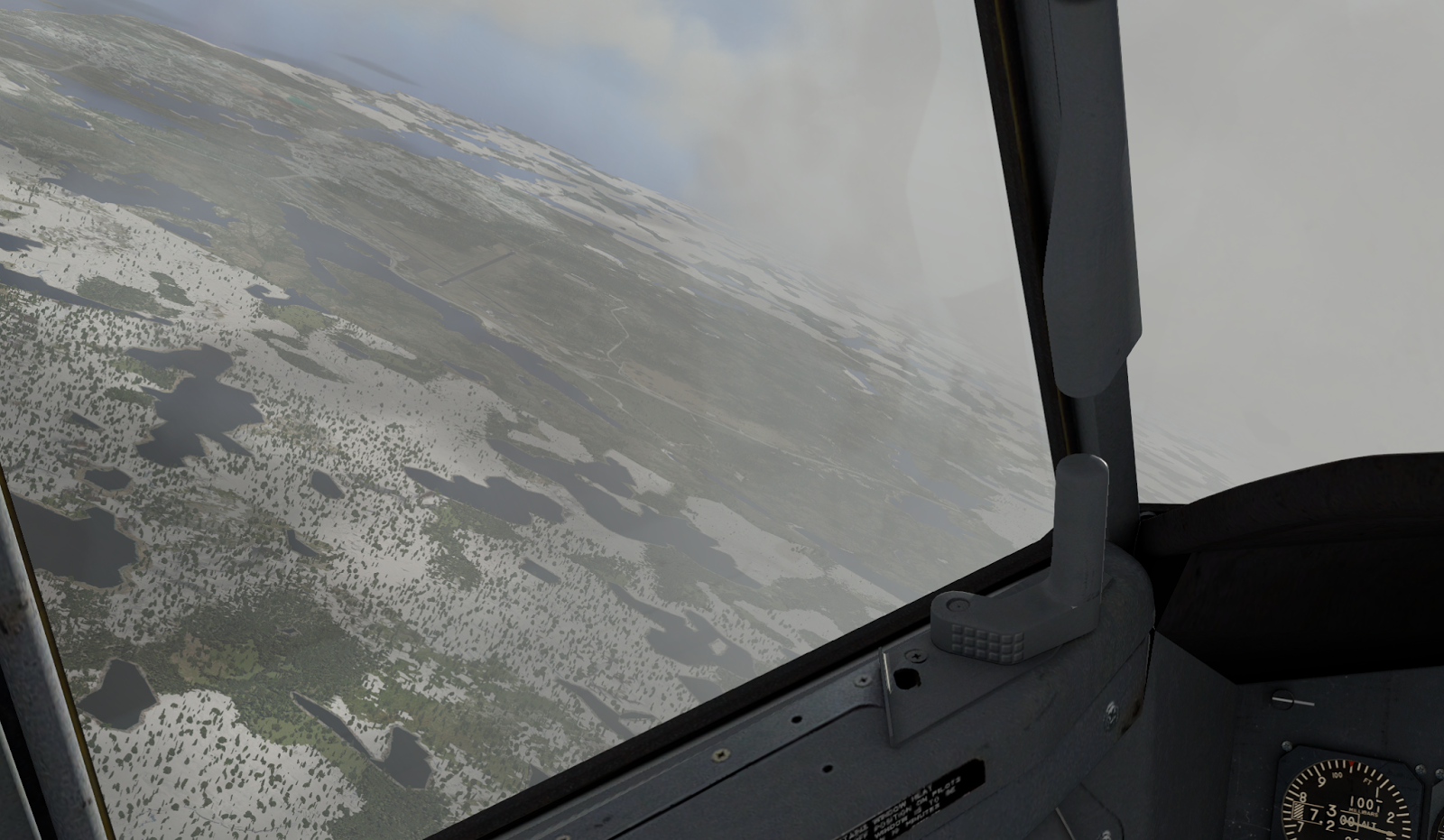
As planned we pass the runway we took off a few miles West, as can be seen in Figure 3.
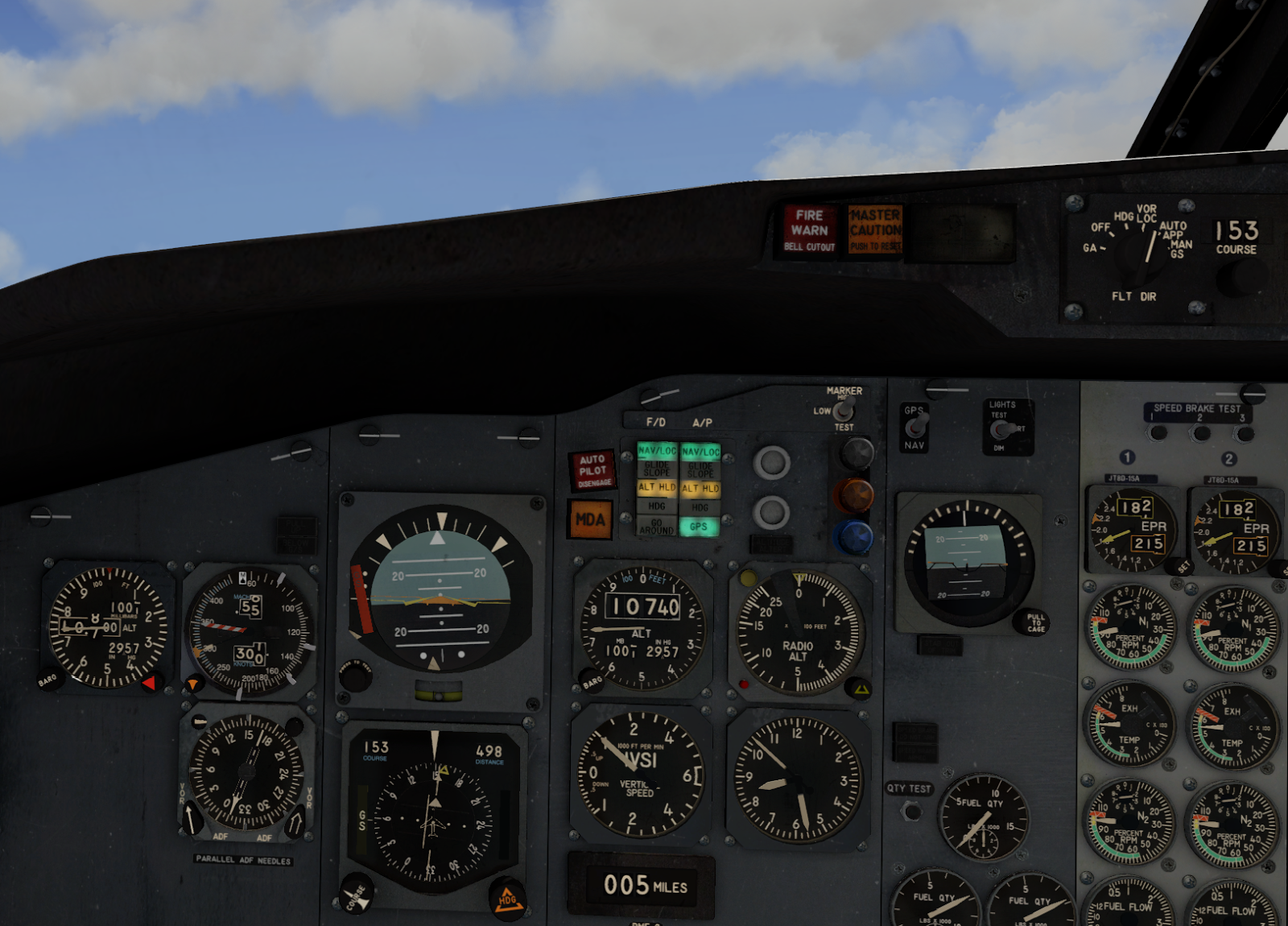
Figure 4 shows how we intercept the course set by the INS (notice the GPS light in the A/P annunciator block). We are 5 miles South of YZF VOR, 498 miles to go to the TETAG waypoint. Our thrust is still at 92%, we passed 10,000 ft and accelerated to the 300 knots climb speed as per flight plan.
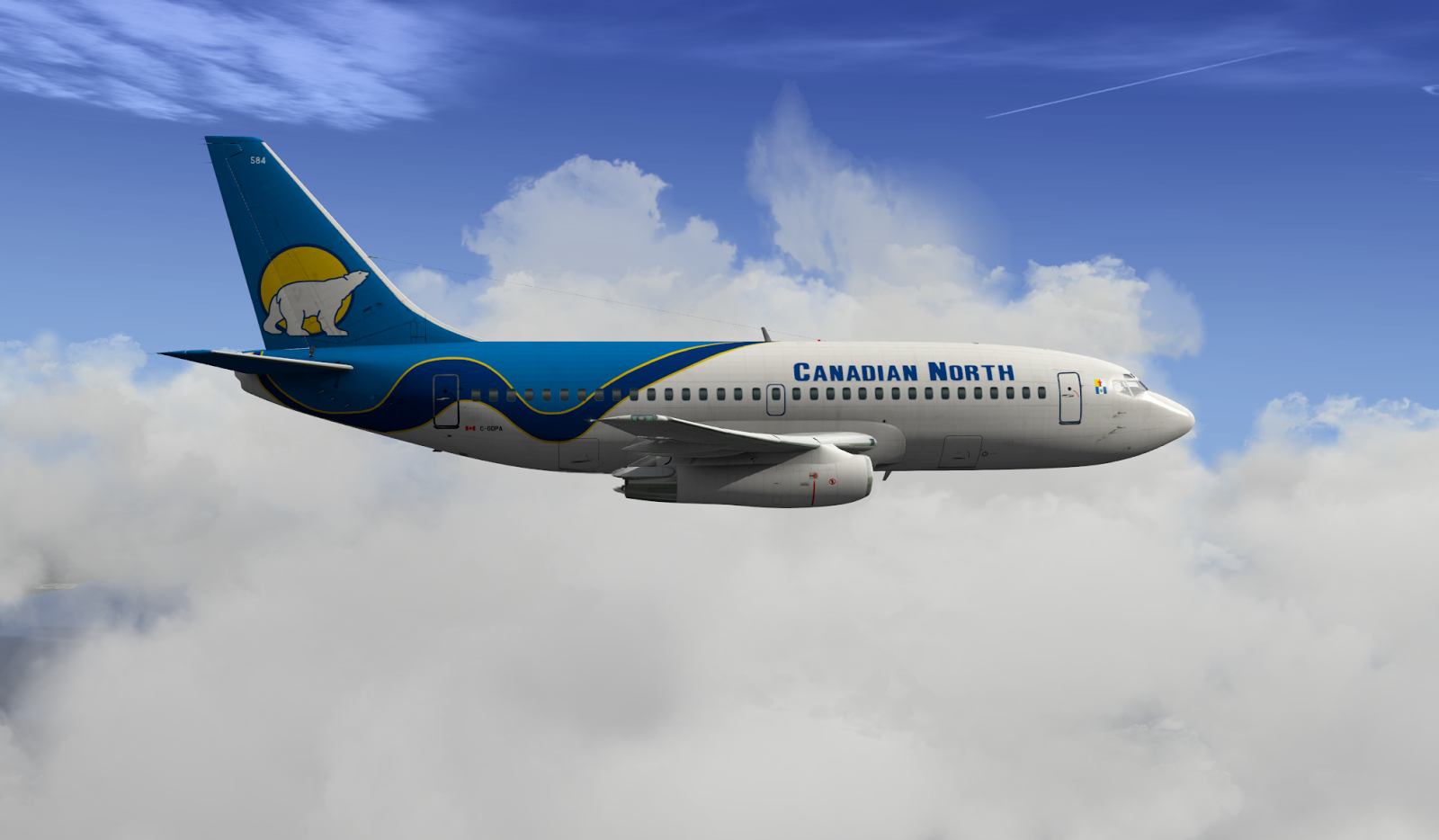
Figure 5 shows the great Canadian North livery by Niilo, which can be downloaded from here (x-plane.org). As mentioned in the discussion there, the only thing missing, really, is a gravel kit for the 732.
As it is often the case in this area I encounter some turbulence while climbing to cruise altitude, for safety I turn off the yaw damper. This is unfortunately needed because there is a bug in the yaw damper logic of the 732, that can cause it to overcompensate and get the plane out of control. For more details see here. It is not really a major issue, you should just be aware of it if you plan on afk-flying it. ;-)
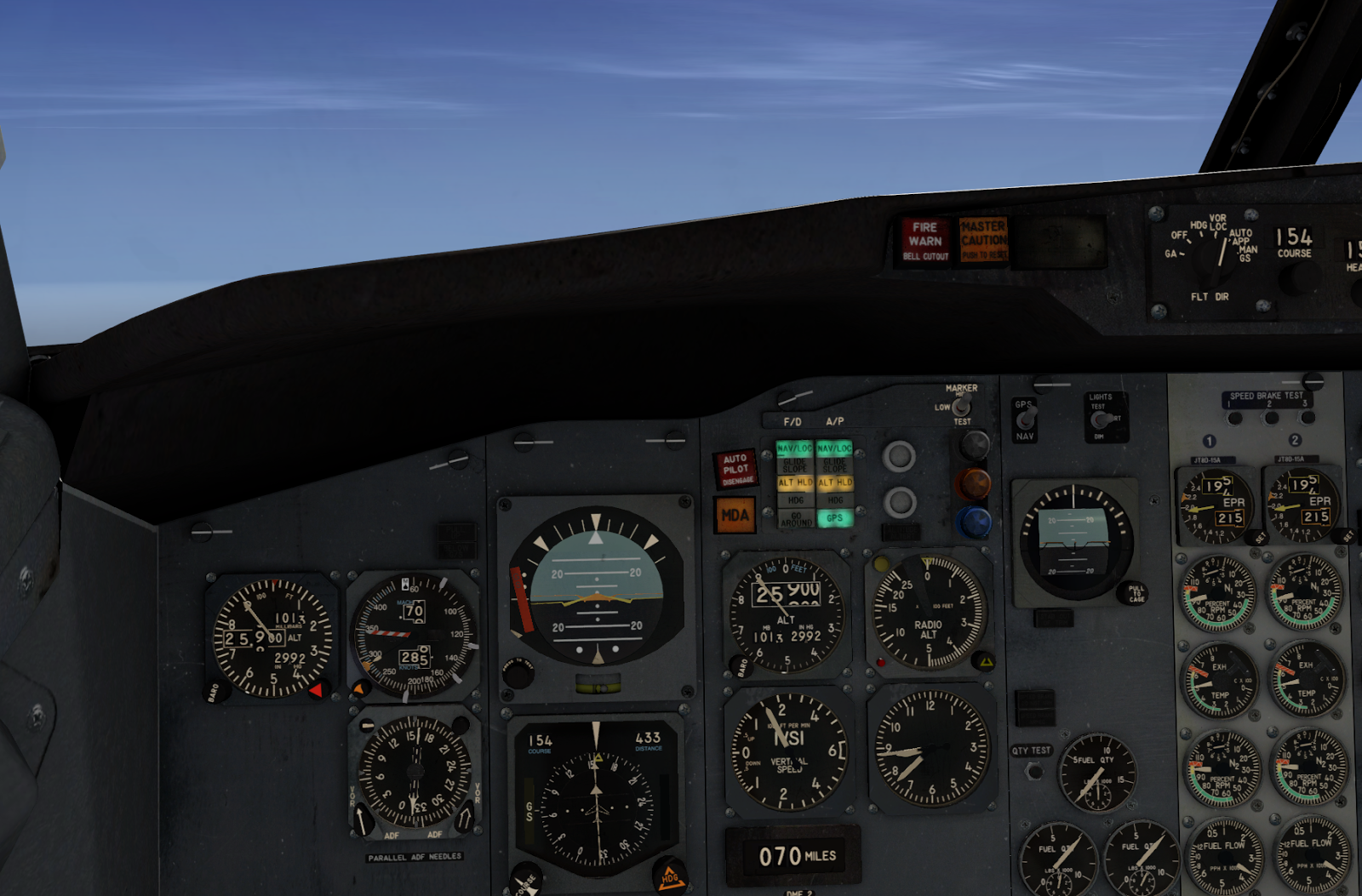
In Figure 6 we crossed into the phase of climb you usually perform in Mach hold mode. Unfortunately the 732 (in contrast to the 727) does not have this mode. I asked Jack about this in one of his streams and he assured that this is indeed a feature not implemented on the real 732. So we have to manually adjust the IAS speed bug (at 285 knots in Figure 6) to keep it climbing at Mach .70 as per flight plan.
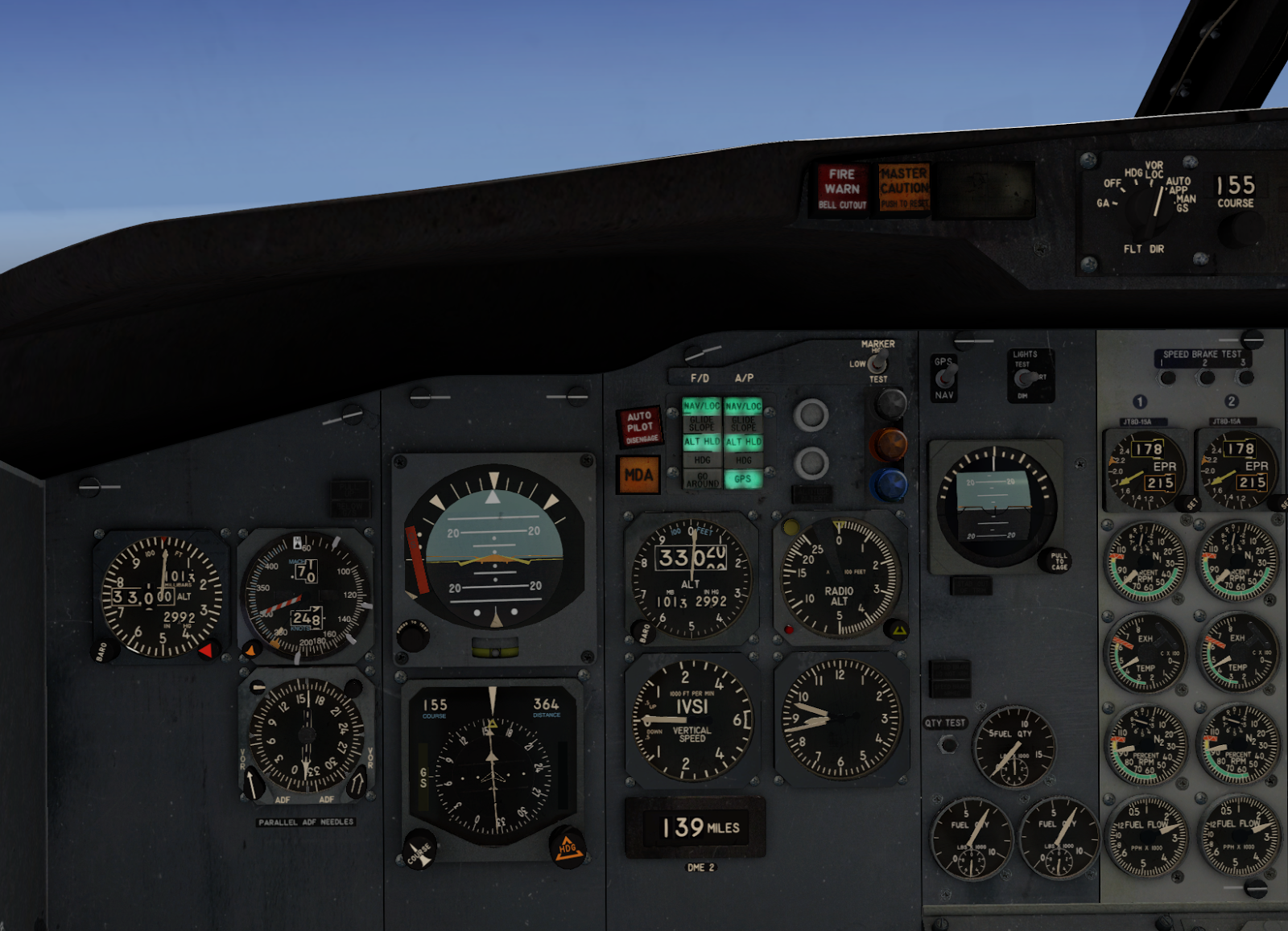
Figure 7 shows us in cruise flight at flight level 330, green “ALT HLD” in the A/P annuciator panel with 364 nm to go to our waypoint. Now starts the boring part, time to get some coffee.
In the next post I will discuss the approach preparation, descent, actual approach and landing.